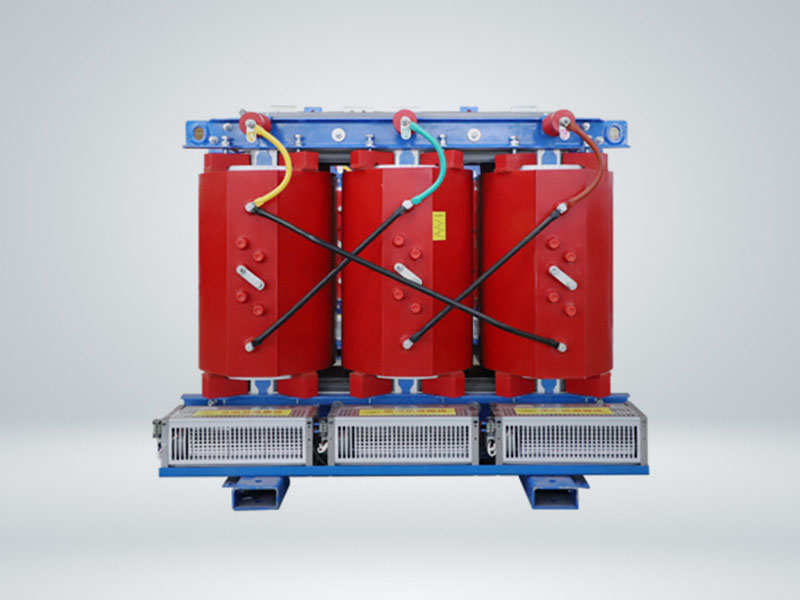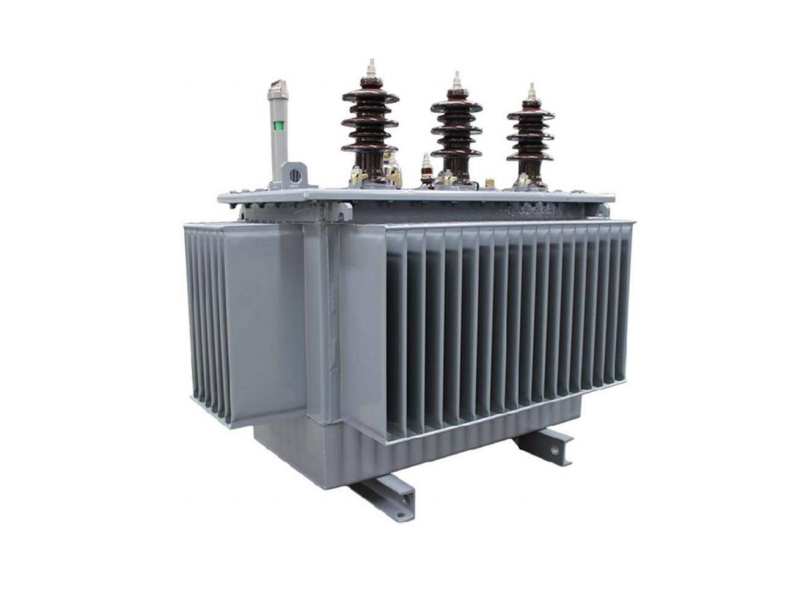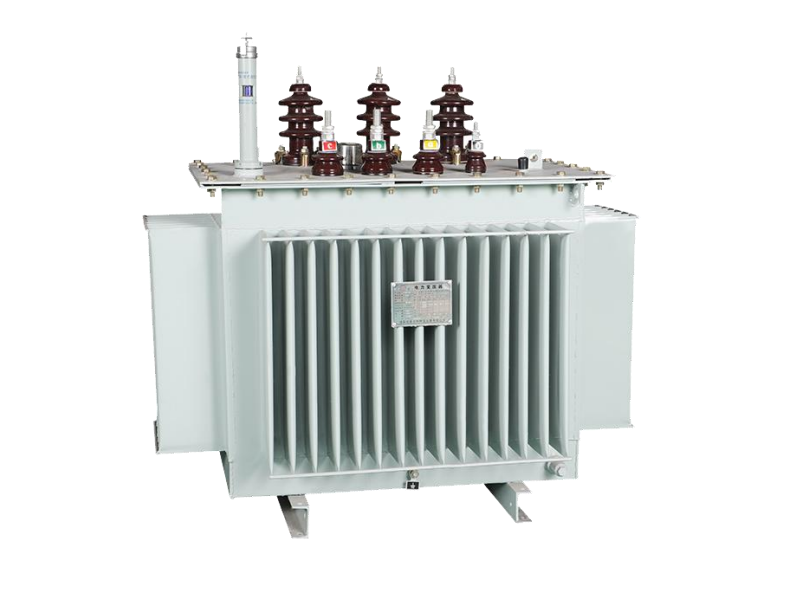copper loss
Definition and Principle
Copper plays an important role in transformers, transformer windings usually use copper wire, transformer "copper loss" is the loss of copper wire. Transformer "copper loss" is also known as load loss. When the transformer is running under load, the current through the wire will have resistance, resulting in resistance loss. According to Joule's law, this resistance flows through the current will produce Joule heat. And the greater the current, the greater the power loss. As a result, the resistance loss is proportional to the square of the current, independent of the voltage. It is because it changes with the size of the current, so the copper loss (load loss) is a variable loss, it is also the main loss in the operation of the transformer.
Influencing Factors
- Current size: As mentioned above, the copper loss is proportional to the square of the current, so the current size is the key factor affecting the copper loss.
- Winding resistance: The size of the winding resistance directly affects the copper loss. The higher the resistance, the higher the copper loss.
- Coil layers: The more layers of coil, the longer the path of current flow in the winding, the resistance will increase accordingly, resulting in increased copper losses.
- Switching frequency: The effect of switching frequency on transformer copper loss is directly related to the distribution parameters and load characteristics of the transformer. In the load characteristics and distribution parameters together with the inductive characteristics, copper losses with the increase in switching frequency and reduce. Together with the capacitive characteristics, copper losses with the increase in switching frequency and increase.
- Temperature effect: Load loss is also affected by the transformer temperature.
Methods to reduce loss
- Increase the winding cross-sectional area of the transformer: Reduce the conductor resistance, thereby effectively reducing the transformer copper loss.
- Use high-quality conductor materials: Such as copper foil or aluminum foil to reduce winding resistance.
- Reduce the light-load operation time of the transformer: Limit the proportion of the transformer's light-load operation time, which is conducive to reducing the transformer's copper loss.
Iron loss
Definition and Principle
Unlike copper loss, iron loss of transformer has nothing to do with the winding, current size and other factors. As the name suggests, iron loss is related to iron, it is generated by the iron core. Transformer iron loss is also known as "no-load loss", because it exists in the transformer full load, zero load state. It's a kind of fixed transformer loss. However, in a load, the power loss decreases as the electric field strength decreases.
The iron loss of a transformer is subdivided into hysteresis loss and eddy current loss.
Hysteresis loss: The working principle of the transformer is based on the principle of electromagnetic induction to realize the rise and fall of voltage and change of current. And the magnetic flux inside the transformer is flowing on the iron core, and the iron core has a magnetic resistance to the magnetic flux. Just like a conductor has a resistance to the electric current, which also generates heat, and such a loss is called "hysteresis loss".
Eddy current loss: When the primary winding of the transformer is energized, the magnetic flux generated by the coil in the core flow. Because the core itself is a conductor, perpendicular to the plane of the magnetic lines of force will be induced potential. This potential in the cross-section of the core to form a closed loop and generate current, like a vortex, so called "eddy current". The loss generated by this eddy current is called "eddy current loss". It is also because the core generates eddy currents that it is made into a thin piece. Because the thinner it is, the higher the resistance and the lower the current.
Influencing Factors
- Operating voltage and frequency: Iron loss is related to the transformer's operating voltage and frequency. Because these factors will affect the magnetic field strength and hysteresis phenomenon in the iron core.
- Iron core material: The hysteresis nature of the core material will affect the size of the iron loss. If the core material is not well chosen, the hysteresis loss will increase.
- Manufacturing process: The manufacturing process of the transformer also has a certain impact on the iron loss. For example, the core of the stacking method, insulation treatment, etc. will affect the size of the iron loss.
Methods to reduce loss
- Selection of high-quality core materials: Selection of core materials with small hysteresis loss can reduce the iron loss of the transformer.
- Optimize the manufacturing process: Through improving the iron core stacking method, insulation treatment and other manufacturing processes, reduce iron loss.
- Reasonable design: In the design stage of the transformer, through the optimization of structural design and parameter selection, reduce iron loss.





